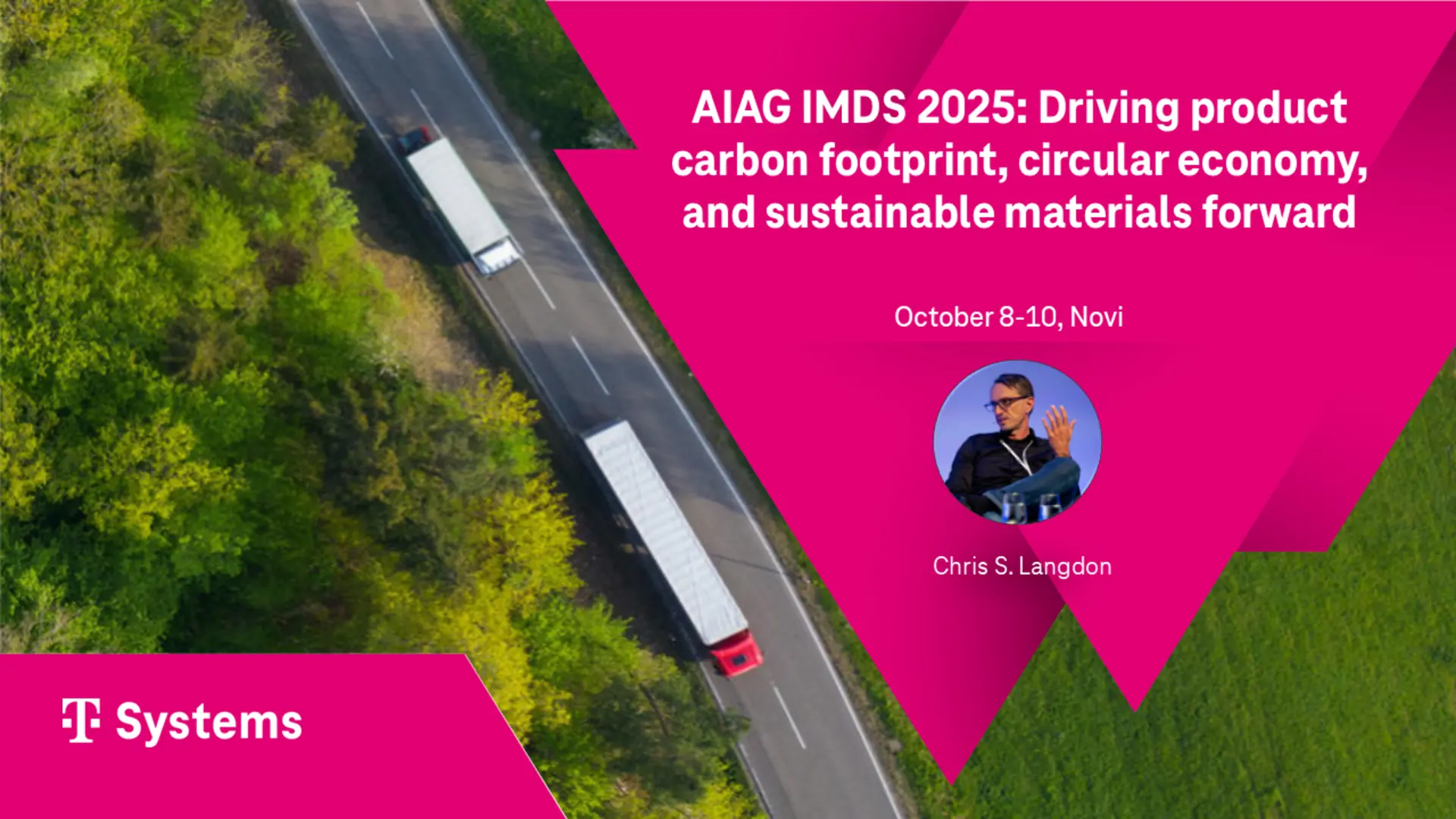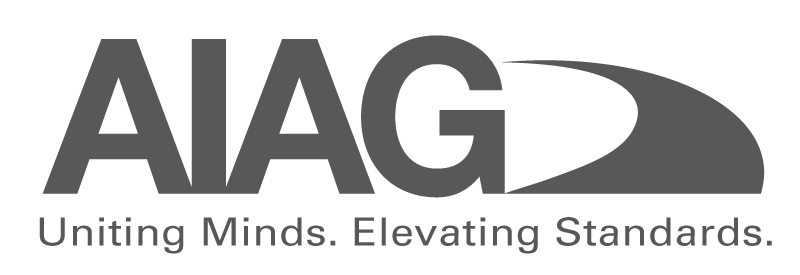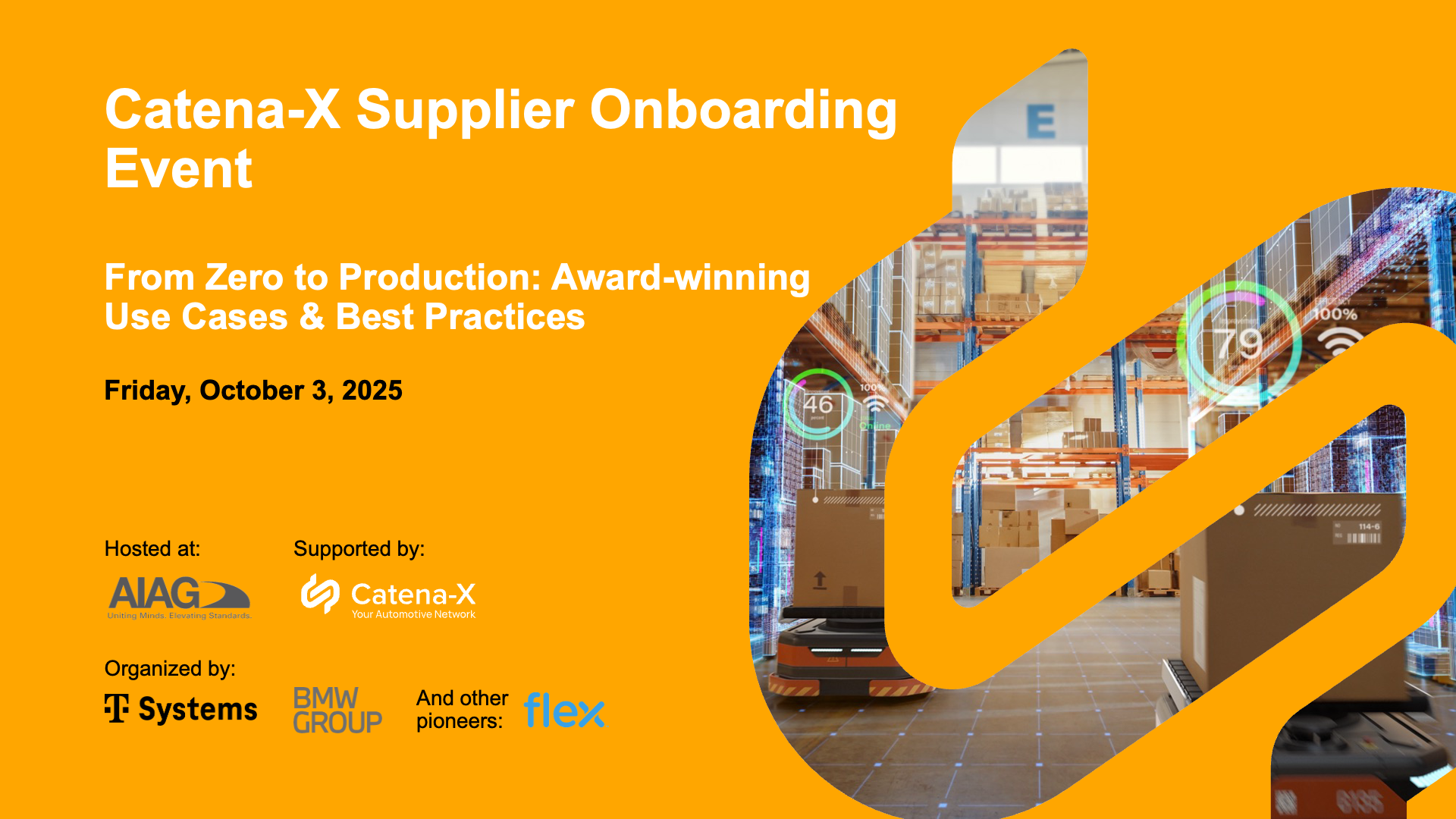Example Standard (ref. Policy Rules and Labelling Document)
Glossary Page
Within the Gaia-X Labelling Criteria definition context (refer to Policy Rules and Labelling Document), potential means of implementation should be identified by example standards. These example standards ought to present possible ways for criteria implementation. It is not mandatory to comply with any of these standards or their implementations. Gaia-X may provide additional notes in case significant differences are identified. The example standards' purpose is to aid in assessing conformity with Gaia-X, as they can be viewed as "implementation guidance."
https://gaia-x.gitlab.io/glossary/example_standard/
Latest Webinars
Latest Articles
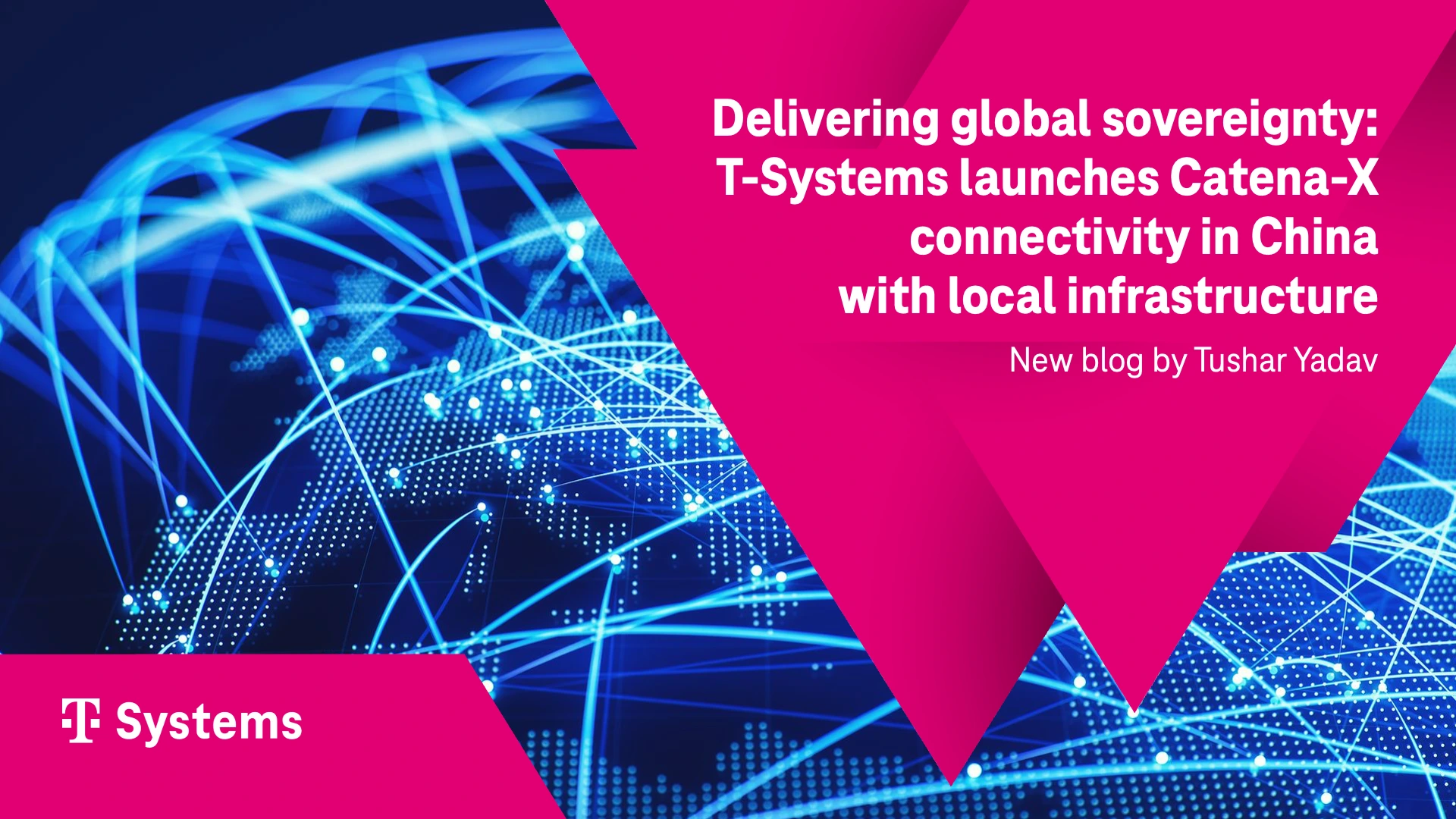
Delivering global sovereignty: T-Systems launches Catena-X connectivity in China with local infrastructure
T-Systems has launched its Connect & Integrate service on local infrastructure in China, enabling Chinese suppliers and manufacturers to securely and efficiently join the Catena-X ecosystem, bridging connectivity with global OEMs while ensuring data sovereignty and regulatory compliance.
Read more

Tushar Yadav
Oct 14, 2025
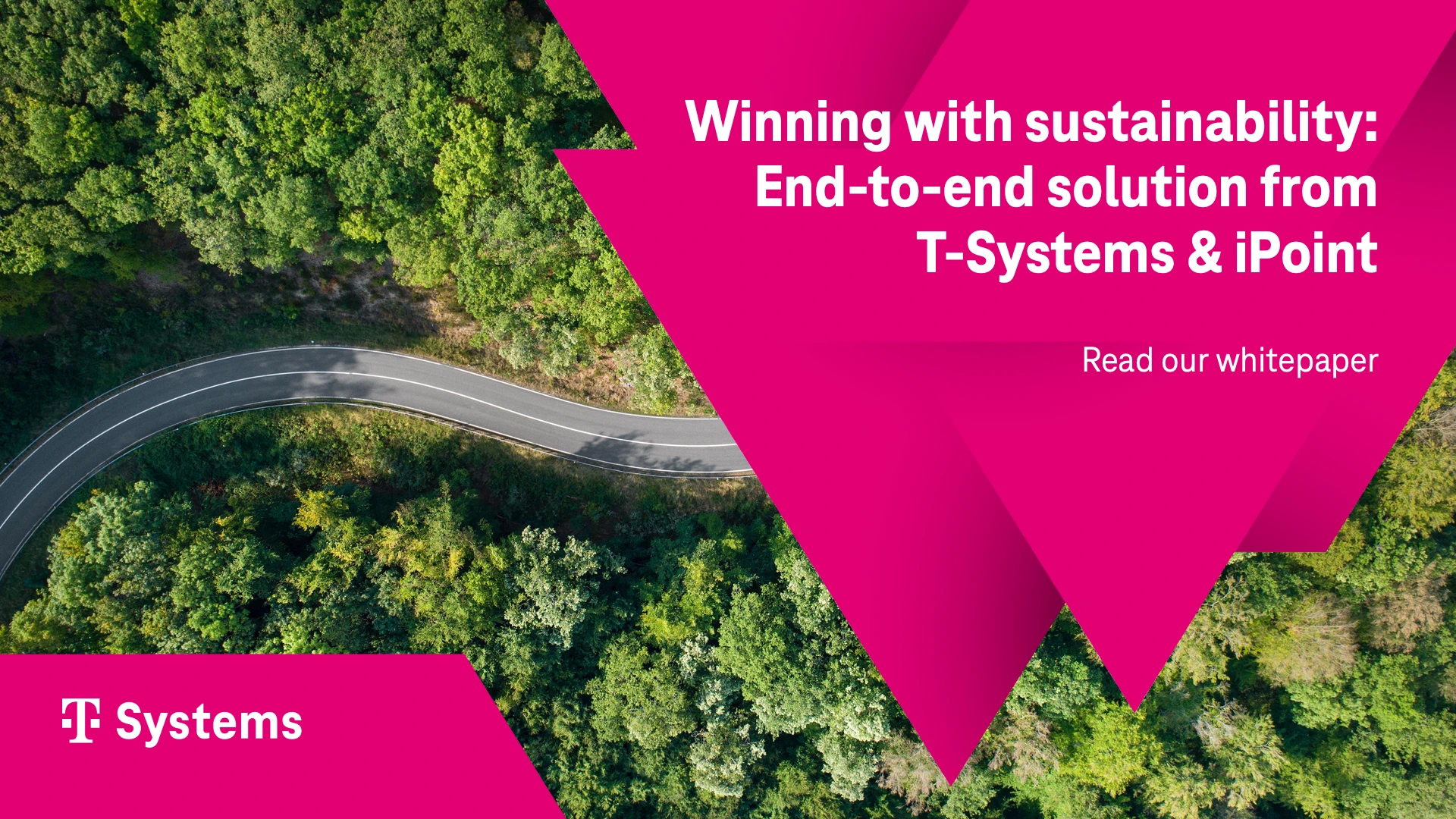
Winning with Sustainability: End-to-End Solution from T-Systems and iPoint
T-Systems and iPoint deliver a joint, production-ready Product Carbon Footprint (PCF) solution that enables end-to-end carbon transparency across the automotive value chain. Combining Catena-X-certified data exchange with decades of compliance and sustainability expertise, the solution empowers suppliers and OEMs to meet regulatory demands, integrate securely with existing systems, and scale digital sustainability — turning compliance into measurable business value.
Read more

Andrea Garcia
Oct 08, 2025
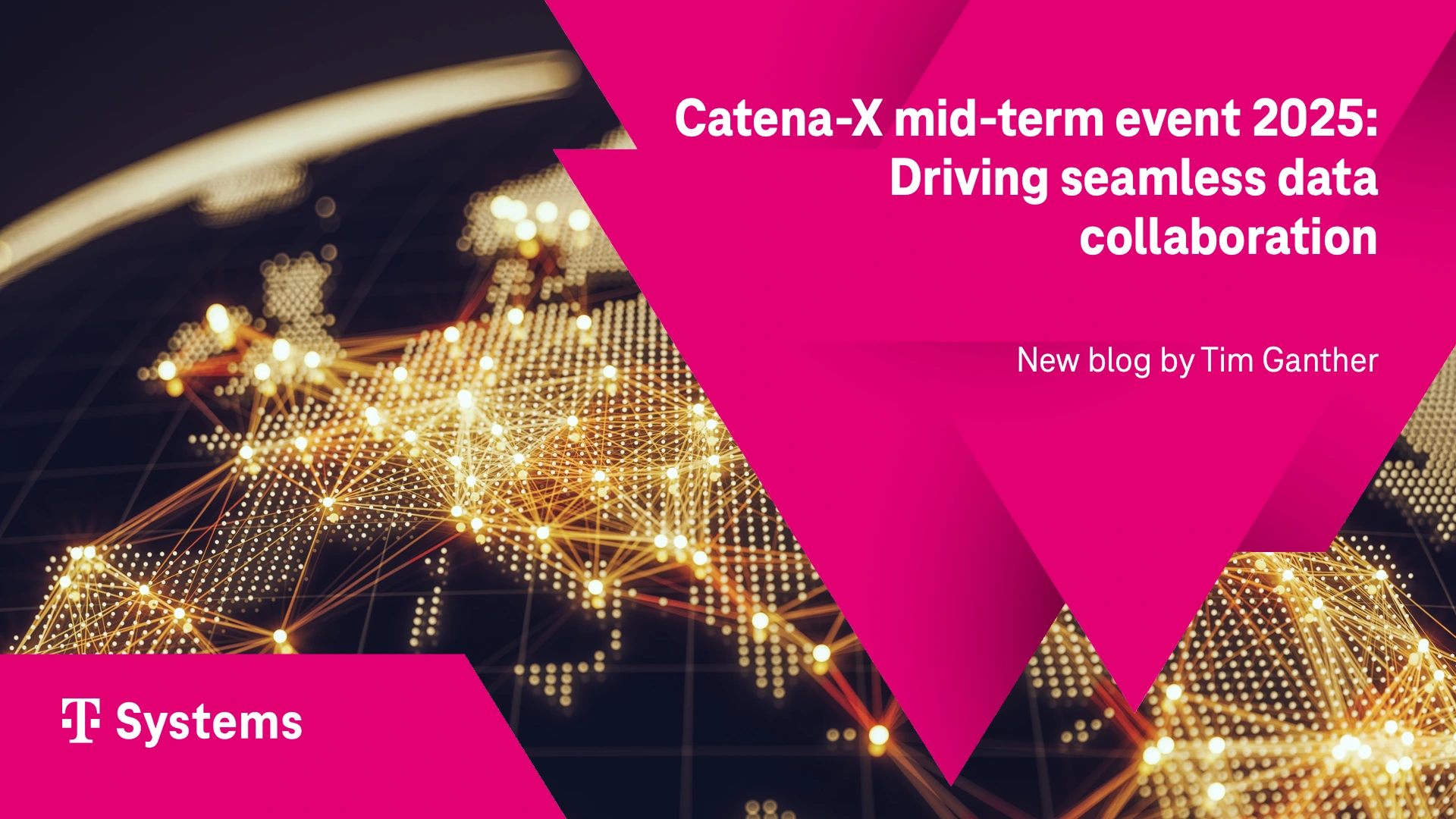
Catena-X Next mid-term event 2025: Driving seamless data collaboration
At the Catena-X Next mid-term event 2025, T-Systems, together with BMW and Cofinity-X, showcased a breakthrough in company certificate management. Built on Connect & Integrate, this solution enables partners to publish, share, and verify company certificates such as ISO 9001 and TISAX through a standardized, secure, and automated process. The approach eliminates manual effort, accelerates onboarding, and strengthens trusted collaboration across the automotive data ecosystem.
Read more

Tim Ganther
Oct 02, 2025
